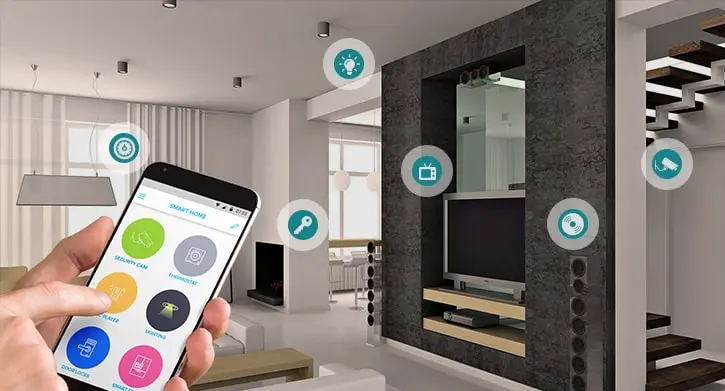Compact Comfort: Interior Design Tips for Small Spaces
Subheading: Embrace Multifunctional Furniture
In small spaces, every square inch counts. Opt for furniture pieces that serve multiple purposes, such as a sofa bed or a coffee table with built-in storage. Look for items that can be easily folded or collapsed when not in use to maximize flexibility. By choosing multifunctional furniture, you can make the most of your limited space without sacrificing comfort or style.
Subheading: Prioritize Scale and Proportion
When furnishing a small space, it’s essential to pay attention to scale and proportion. Choose furniture that fits the size of the room and avoid oversized pieces that overpower the space. Consider investing in apartment-sized furniture or pieces with slim profiles to create a sense of openness. By prioritizing scale and proportion, you can ensure that your small space feels balanced and harmonious.
Subheading: Opt for Light Colors
Light colors are your best friend when it comes to decorating small spaces. Choose a soft, neutral palette for walls, furniture, and decor to make the room feel brighter and more spacious. Whites, creams, and pastels can reflect light and create a sense of airiness, while dark colors can make the room feel smaller and more closed-in. By opting for light colors, you can maximize the perceived size of your small space and create a welcoming atmosphere.
Subheading: Maximize Natural Light
Natural light can make even the smallest of spaces feel inviting and expansive. Keep window treatments minimal to allow plenty of sunlight to filter into the room throughout the day. Consider installing sheer curtains or blinds that can be easily adjusted to control light and privacy. If privacy is not a concern, leave windows uncovered to maximize views and enhance the sense of openness.
Subheading: Create Visual Continuity
Maintaining visual continuity throughout your small space can help create a sense of flow and cohesion. Choose a consistent color palette and style for furniture, decor, and accessories to create a unified look. Avoid cluttering the space with too many competing elements and instead focus on a few key pieces that reflect your personal style. By creating visual continuity, you can make your small space feel more organized and harmonious.
Subheading: Utilize Vertical Space
When floor space is limited, look up! Take advantage of vertical space by installing floating shelves, wall-mounted cabinets, or tall bookcases. Use these vertical storage solutions to display decorative items, store books and belongings, or even create a mini gallery wall. By utilizing vertical space, you can free up valuable floor space and make your small space feel more open and uncluttered.
Subheading: Incorporate Mirrors
Mirrors are a powerful tool for making small spaces feel larger and more expansive. Strategically place mirrors opposite windows to reflect natural light and visually double the size of the room. Consider using oversized mirrors as statement pieces or grouping smaller mirrors together to create a gallery effect. By incorporating mirrors into your small space, you can add depth, dimension, and luminosity to the room.
Subheading: Edit Ruthlessly
In a small space, less is often more. Take a minimalist approach to decorating and edit ruthlessly to avoid overcrowding the room. Pare down your belongings to only the essentials and choose furniture and decor with care. Avoid cluttering surfaces with unnecessary items and instead focus on creating a serene and uncluttered environment. By editing ruthlessly, you can make your small space feel more spacious, organized, and comfortable. Read more about interior design tips for small spaces











